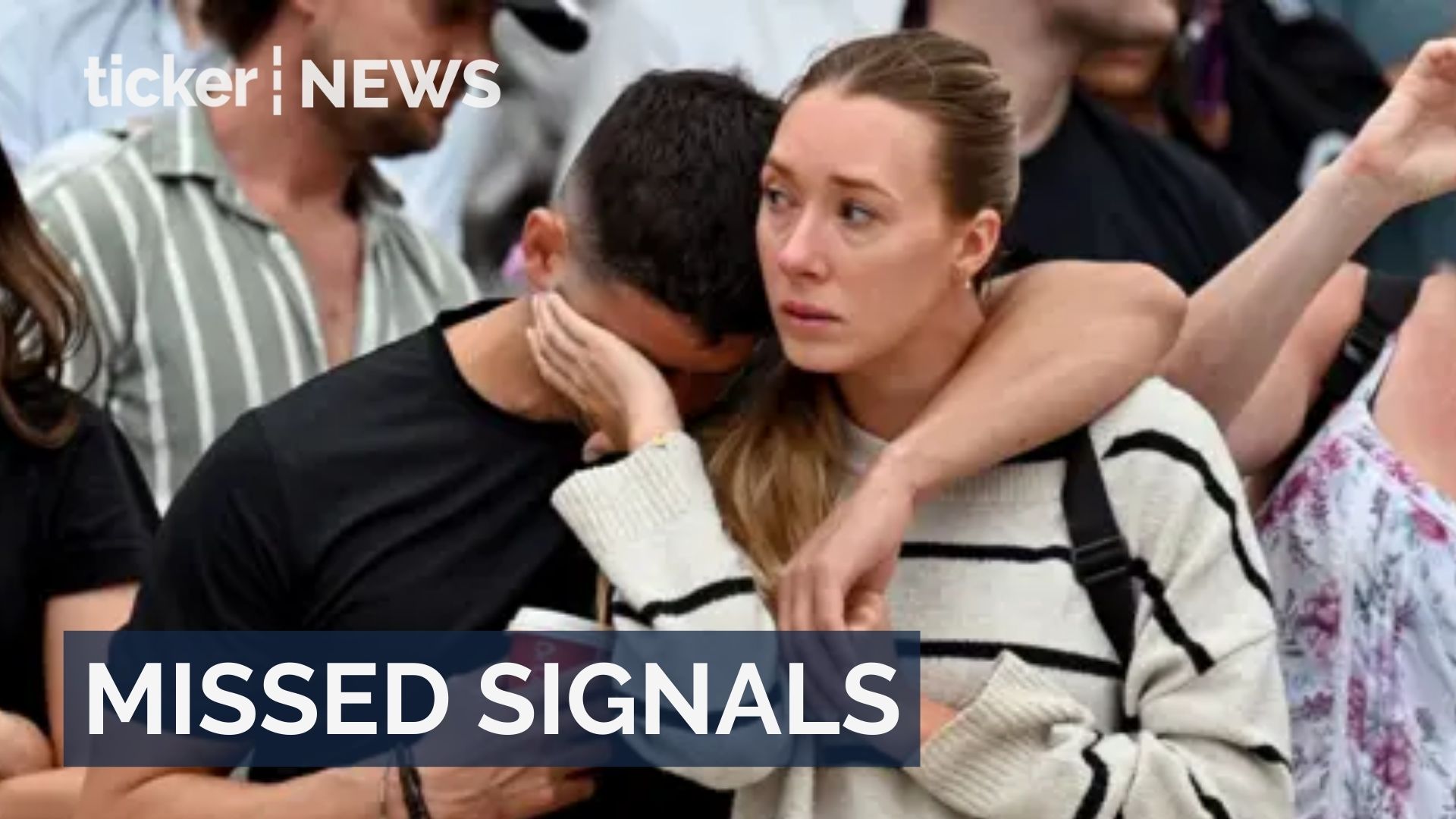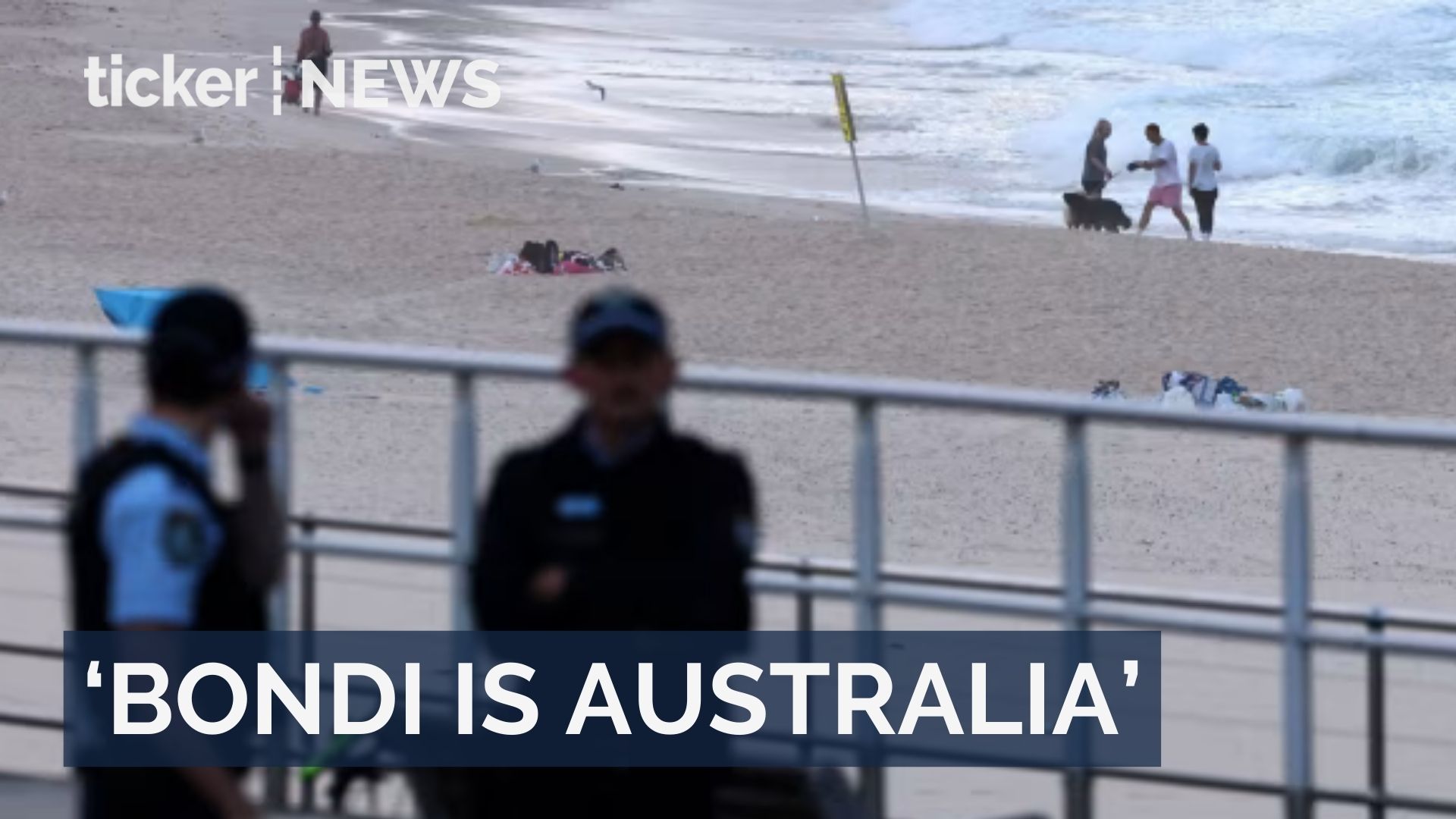Amin Saikal, Victoria University
The United States and Iran are once again on a collision course over the Iranian nuclear program.
In a letter dated early March, US President Donald Trump urged Iranian Supreme Leader Ayatollah Ali Khamenei to negotiate a new deal. The new deal would replace the defunct nuclear agreement negotiated in 2015 between the United States, Iran and five other global powers.
Trump withdrew from that agreement, called the Joint Comprehensive Plan of Action (JCPOA), during his first term.
Trump gave the Iranians a two-month deadline to reach a new nuclear deal. If they don’t, the US will bomb the country. In recent days, American B-2 bombers and warships have been deployed to the region in a show of force.
In response, Tehran has agreed only to indirect negotiations. It has ruled out any direct talks while under a US policy of “maximum pressure”.
Down to the ‘final moments’
The danger of US or combined American-Israeli military actions against Iran has never been greater.
Trump says the US is down to the “final moments” should Tehran persist with moving towards a military nuclear capability.
His national security advisor, Mike Waltz, has gone further, demanding Iran shut down its entire nuclear program.
Khamenei and his generals have promised a “harsh response” to any military venture. Iran has vowed to target all American bases in the region.
France, one of key negotiators in the 2015 deal, said this week a failure to secure a new deal would make a military confrontation “almost inevitable”.
In a positive sign, however, Washington is reportedly “seriously considering” Iran’s offer for indirect negotiations. And Trump is now suggesting Iran may actually be open to direct talks.
On the threshold of a nuclear bomb
It would be a folly to expect a quick result that could satisfy an impatient Trump. This is especially true given Trump is under intense pressure from his close friend, Israeli Prime Minister Benjamin Netanyahu.
Netanyahu has long advocated for military action as the best way to prevent Iran from acquiring a nuclear weapon and eliminate its other military capabilities, as well as its regional influence.
The Iranian Islamic regime has repeatedly said its nuclear program is for peaceful purposes. However, the US and its allies – in particular Israel – have remained highly sceptical of Tehran’s intentions.
Following Trump’s withdrawal from the JCPOA in 2018, Tehran has substantially expanded its nuclear program, to the chagrin of the other signatories to the deal (Britain, France, Germany, Russia and China).
It has installed more advanced centrifuges and accelerated uranium enrichment to 60%, just below weapons-grade level. The country is now at a nuclear weapon threshold. It is believed to be capable of assembling an atomic bomb within months, if not weeks.
Israel’s devastating military operations against Iran’s allies in Gaza, Lebanon and Syria, as well as direct exchanges with Iran, have prompted some in the Iranian leadership to advocate for crossing that threshold.
As I document in my book, Khamenei also remains highly distrustful of Trump and the US political class in general.
Khamenei initially dismissed Trump’s letter last month as a “deception” from the leader of a country he has long considered an “arrogant power” that wants to dictate to Iran, rather than negotiate with it.
One of his senior advisers, former Foreign Minister Kamal Kharrazi, berated Washington for engaging in “psychological warfare”.
And the current foreign minister, Abbas Araghchi, said direct negotiations would be futile unless Washington changed its policy of maximum pressure against Iran. This would involve removing sanctions against his country.
What the two sides want
Despite this historic distrust of the US, Tehran has found it expedient to offer indirect talks for a possible deal. However, the two sides remain far apart in their respective demands.
Washington, at the very least, would want Tehran to indefinitely limit its uranium enrichment to 3.7% – the level it had agreed to in the 2015 deal. Washington would also demand close oversight by the US and the International Atomic Energy Agency.
Tehran’s minimum demands would include the US unfreezing Iranian assets, lifting all sanctions against Iran and guaranteeing a nuclear deal will not be rescinded by future American administrations.
Neither side could meet these demands, however, without first engaging in substantive confidence-building measures. Since Trump withdrew from the JCPOA in 2018, the onus is on him to jump-start the process. He could do this by:
- unfreezing Iranian assets in the United States
- lifting some sanctions to enable Iran to purchase non-lethal items from the West, including new civilian aircraft from Boeing and Airbus which were voided following the JCPOA’s dismantling
- withdrawing the threat of a US, Israeli or combined military action.
Given the depth of the long-standing enmity and distrust between the parties, the chances of reaching a new nuclear deal seem further away than the drums of war.
However, given Trump’s unpredictability and the serious domestic and foreign policy challenges facing the Iranian regime, a deal also cannot not be completely ruled out.
Amin Saikal, Emeritus Professor of Middle Eastern and Central Asian Studies, Australian National University; and Vice Chancellor’s Strategic Fellow, Victoria University
This article is republished from The Conversation under a Creative Commons license. Read the original article.
























